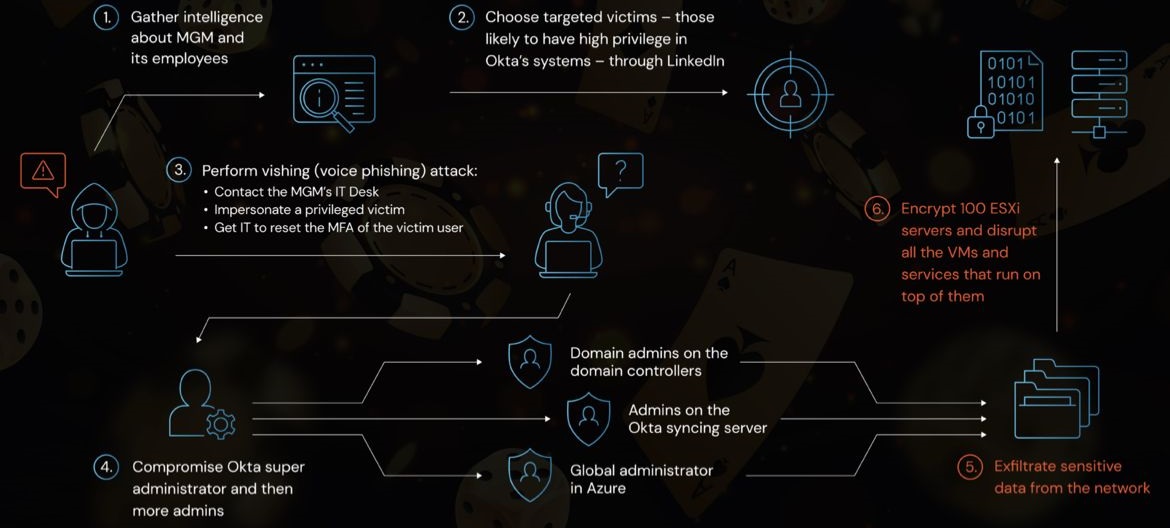
In our interconnected world, where technology pervades every aspect of our lives, the need for robust cybersecurity measures has become more crucial than ever before. However, despite advances in defensive strategies, cybercriminals continue to find vulnerabilities and exploit them for their nefarious purposes.
This article delves into the realm of cybersecurity breaches, offering a comprehensive exploration of real-world examples. By examining notable cases, we aim to shed light on the risks individuals and organizations face daily, while emphasizing the importance of proactive defense strategies.
1. Notorious Data Breaches
Data breaches represent one of the most common and devastating types of cyber attacks. In recent years, numerous high-profile incidents have exposed the personal and financial information of millions. For instance, the Equifax breach of 2017 compromised the sensitive data of approximately 147 million people, including social security numbers, birth dates, and addresses. Similarly, the Yahoo breach in 2013 affected over 3 billion user accounts, exposing passwords, email addresses, and more.
These incidents highlight the magnitude of the threat and the need for stringent security measures, such as encryption and regular software updates. Cybercriminals often exploit vulnerabilities in outdated systems or employ sophisticated techniques like phishing and malware to gain unauthorized access to databases. The consequences of such breaches extend beyond financial loss, as compromised personal information can lead to identity theft, fraud, and reputational damage.
2. Ransomware Attacks
Ransomware attacks have become increasingly prevalent and pose significant threats to both individuals and organizations. In these attacks, malicious actors encrypt a victim's data, rendering it inaccessible until a ransom is paid. The notorious WannaCry attack in 2017 infected hundreds of thousands of computers worldwide, including those of major organizations such as the UK's National Health Service (NHS), causing widespread disruption.
Another prominent example is the Colonial Pipeline ransomware attack in 2021. The incident forced the temporary shutdown of one of the largest fuel pipelines in the United States, leading to fuel shortages and significant economic impact. Ransomware attacks often exploit security vulnerabilities in software systems or rely on social engineering techniques, such as phishing emails or malicious downloads.
3. Social Engineering Exploits
Cybersecurity breaches aren't limited to technological vulnerabilities alone. Social engineering exploits rely on manipulating human psychology to gain unauthorized access to systems or sensitive information. These tactics can involve impersonation, phishing scams, or pretexting, where attackers deceive individuals by posing as trusted entities.
One noteworthy example is the 2016 spear-phishing attack on the Democratic National Committee (DNC). Attackers used convincing emails to trick users into divulging their credentials, resulting in the leak of sensitive political information. Social engineering exploits highlight the importance of user awareness and education to recognize and avoid falling victim to such tactics.
Conclusion
Cybersecurity breaches continue to evolve, presenting ever-growing challenges to individuals, businesses, and governments alike. This article has provided a comprehensive overview of notable examples, demonstrating the devastating consequences of such breaches. From data breaches compromising personal information to ransomware attacks paralyzing critical infrastructure, the impact of cyber threats cannot be underestimated.
To combat these risks effectively, organizations and individuals must adopt proactive cybersecurity strategies. Regular software updates, strong encryption, user awareness training, and robust incident response plans are essential components of a comprehensive defense strategy. Additionally, fostering a culture of cybersecurity consciousness is crucial to prevent social engineering exploits.
As technology advances, cybercriminals adapt and devise new methods of attack. Staying informed about emerging threats and adopting the latest security practices is an ongoing responsibility. By prioritizing cybersecurity, we can navigate the digital landscape with greater confidence, safeguard our sensitive information, and protect against the ever-present dangers of cyber threats.

